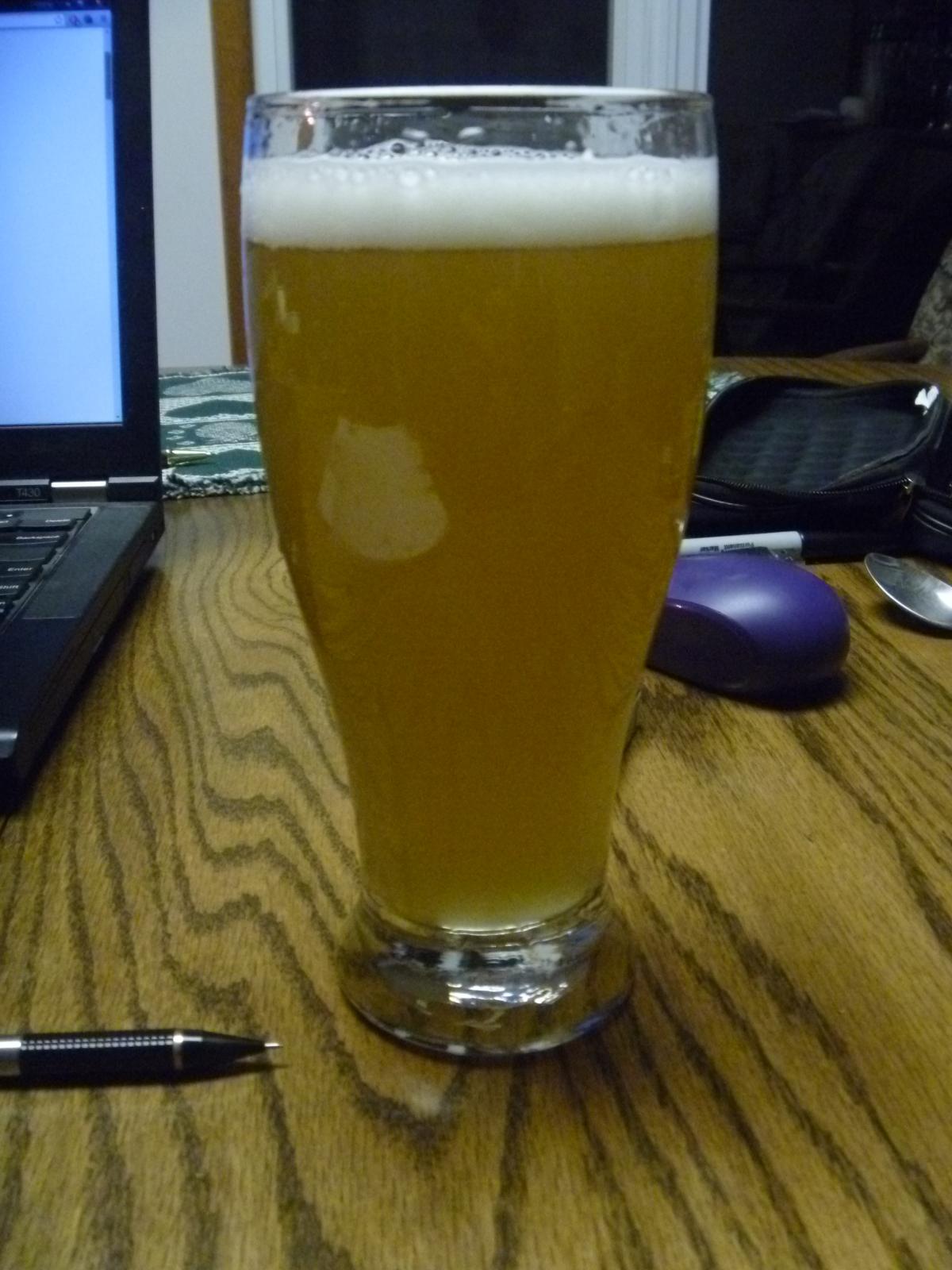Thedillestpickle
Active Member
I searched everywhere on the internet for results of someone attempting to brew a simple all malt based beer using the yeast from a kombucha culture.
I couldn't find any so I fired up my stir plate and gradually added 250ml jars of premade canned malt extract wort to the yeasty sediment of a batch of kombucha. I removed the "scoby" to promote a more yeast dominant culture. 48 hours later I cold crashed and attempted to remove the very low flocculating yeast from the trub.
Meanwhile I brewed up a 1 gallon 1.045 OG batch is super simple all 2-row wort with just a small pinch of hops.
after 6 hours it was bubbling.
It's now 24 hours and it's been bubbling furiously all day...
I wonder what this yeast will do? It appears that the strain that has taken the biggest hold in the fermentation is an ale strain(forming a thick yeasty krausen on top) and the smell out of the airlock is nearly identical from what you would get out of a primary fermentation using US-05.
I couldn't find any so I fired up my stir plate and gradually added 250ml jars of premade canned malt extract wort to the yeasty sediment of a batch of kombucha. I removed the "scoby" to promote a more yeast dominant culture. 48 hours later I cold crashed and attempted to remove the very low flocculating yeast from the trub.
Meanwhile I brewed up a 1 gallon 1.045 OG batch is super simple all 2-row wort with just a small pinch of hops.
after 6 hours it was bubbling.
It's now 24 hours and it's been bubbling furiously all day...
I wonder what this yeast will do? It appears that the strain that has taken the biggest hold in the fermentation is an ale strain(forming a thick yeasty krausen on top) and the smell out of the airlock is nearly identical from what you would get out of a primary fermentation using US-05.
















































![Craft A Brew - Safale BE-256 Yeast - Fermentis - Belgian Ale Dry Yeast - For Belgian & Strong Ales - Ingredients for Home Brewing - Beer Making Supplies - [3 Pack]](https://m.media-amazon.com/images/I/51bcKEwQmWL._SL500_.jpg)









